What is Pranayama/Yogic Breathing?
March 23rd, 2007 | admin
Pranayama (yogic breathing), the fourth limb of Ashtanga Yoga, is a set of procedures to control vital life force called prana by efficiently controlling breathing. Pranayama is derived from two Sanskrit words – prana and ayama. Prana means life or vital life force, ayama is control. Pranayama therefore essentially is the control of life.
There are different types of pranayama. A few of them are Sukha Pranayama (easy breath), Kapalabhati (frontal brain bellowing), Bhastrika (bellow-like breath), Saucha pranayama (cleansing breath), Sheetali (cooling breath), Bhramari (bee breath) and Nadi Sodhan (anuloma-viloma or alternate nostril breath).
There are essentially three phases in breath control in pranayama.
Puraka or filling is the first step. This is the step in which the yogi inhales and fills his or her lungs with air. Kumbhaka or retention is the step in which you retain the breath inside. This stimulates better exchange of gases at the lungs and more oxygen is absorbed into the blood.
Thus yogic breathing is breathing to full capacity of lungs. Controlling more oxygen into our system is like creating a storehouse of life energy or prana.
The immediate benefits you get by practicing pranayama are
Better emotional control – lack of stress
Release of muscular tension
Relief from asthma and other respiratory conditions
Increased detoxification of respiratory wastes and
Enhanced immune system
While practicing pranayama, the lungs are pulled down by the diaphragm and forward by the rib cage. Thus fullness of breathing is experienced. In normal conditions we skip either thoracic or abdominal breathing. In pranayama, you use both type of breathing to the full capacity of lungs. The prana thus accumulated acts as a storehouse or reservoir of life energy that you can draw from when necessary.
No one need to practice all the different forms of pranayama. Some breathing exercises as described in Patanjali sutra are complex or are not easy to accomplish. Practicing a few techniques that you are comfortable with is enough to get the benefits. You can move to more complex techniques gradually over time.




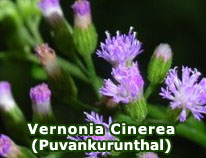
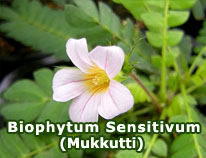

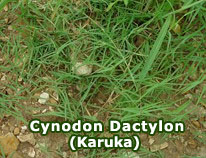

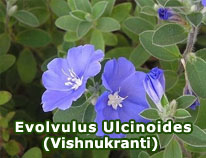
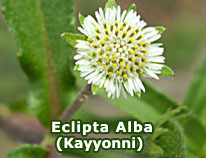
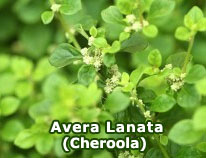
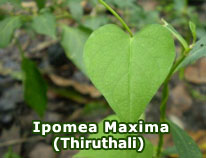

 Loading ...
Loading ...





